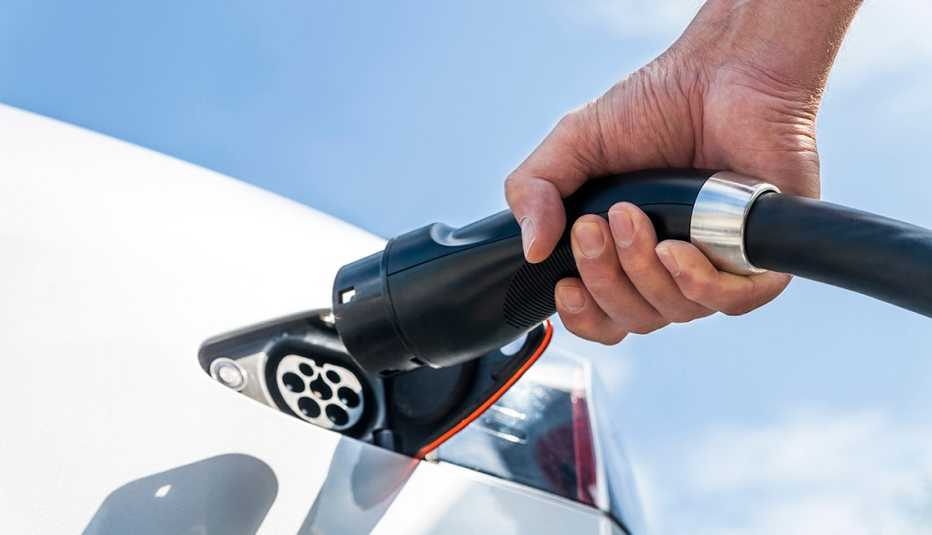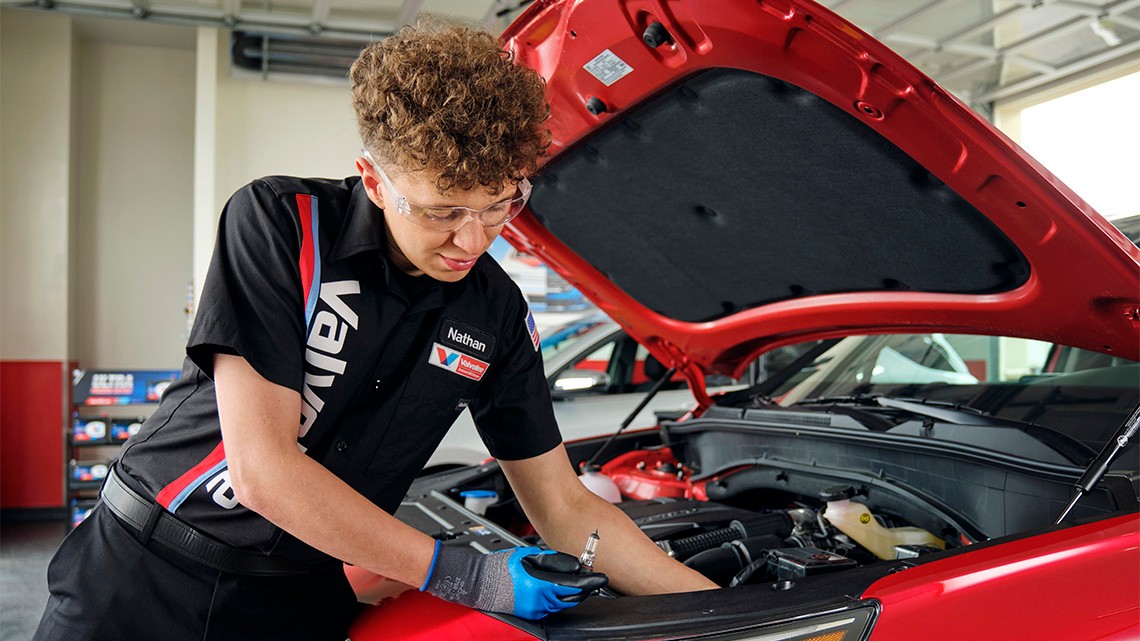Staying Fit


Nearly every automaker and truck manufacturer from Ford to Volvo is introducing new electric vehicles, prompting many consumers to think it might be time to make the switch. But before you move away from a battery-powered car, be prepared to make some adjustments — and to learn the best ways to charge your EV and how to find charging stations on the road.
Most EVs on the market today can typically travel 250 to 300 miles on a single charge. That’s great for getting around town, but longer road trips require a little planning to find convenient pit stops to charge the battery. Charging stations take more effort to find than traditional gas stations, which pop up at most intersections and highway rest stops, and there aren’t a large number of them — yet. The bipartisan $1.2 trillion infrastructure bill, signed into law in 2021, includes $7.5 billion to build out a nationwide EV charging network, which is helping.


AARP Membership— $12 for your first year when you sign up for Automatic Renewal
Get instant access to members-only products and hundreds of discounts, a free second membership, and a subscription to AARP the Magazine.
“But getting approval from local and state governments takes time,” says Brendan Jones, president of Blink Charging. So don’t expect new stations to start sprouting up on interstates overnight.
In the meantime, what’s the best plan for charging your EV, how can you find charging stations while you’re on the road, and what does it take to install a charger at home?
EV charging basics
The good news was that after years of squabbling, automakers had settled on a standard plug for all EVs in the United States — with one exception. The industry standard plug is called a J1772 port, and it is usually located right where you’d find a gas cap for filling up. Tesla, however, uses its own plug standard, which means its cars can only charge at Tesla-branded stations and other EVs cannot charge at Tesla stations — unless you have an adapter. The price of adapters can be as high as $200, and they don’t always work smoothly.
However, Ford recently announced a deal that will make Tesla’s public charging stations accessible to Ford’s electric cars and trucks. Beginning in 2024, Ford will offer its EV owners an adapter and update its vehicle software to work with Tesla’s network of stations. Ford also announced that 2025 Ford electric vehicles will have built-in support for Tesla’s unique plug.
It’s unclear whether starting in 2025 Ford EVS will have physical ports built into the cars or will rely solely on plugs for Tesla’s stations going forward. A Ford spokesperson said the company had no additional specifics to share.



































































More From AARP
Consumer Reports Picks Its Top 10 Vehicles for 2023
Electrics and hybrids lead the list
9 Things You Didn't Know a Vehicle Could Do
High-tech options can do the parking, power your home or share keys in new ways
How Much Do You Know About EVs?
Find out about makes, models and charging options